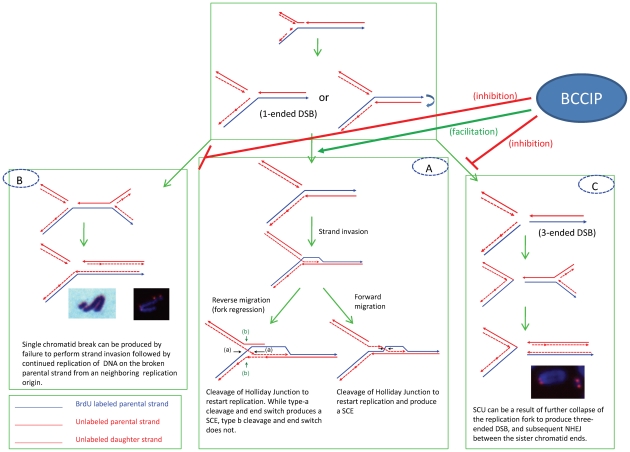Figure 12. Potential mechanisms to produce SCE (panel A), chromatid breaks (panel B), and SCU (panel C) upon replication fork blockage.
BCCIP may function to promote the Rad51-dependent strand invasion (thus SCE) and reduce the probability of further collapse of replication forks to form the 3-ended DNA double strand break ends (panel C) that would lead to the formation of SCU, or permanently form the one-ended DSB structures (panel B) that lead to the formation of single chromatid breaks (see text for more details).

